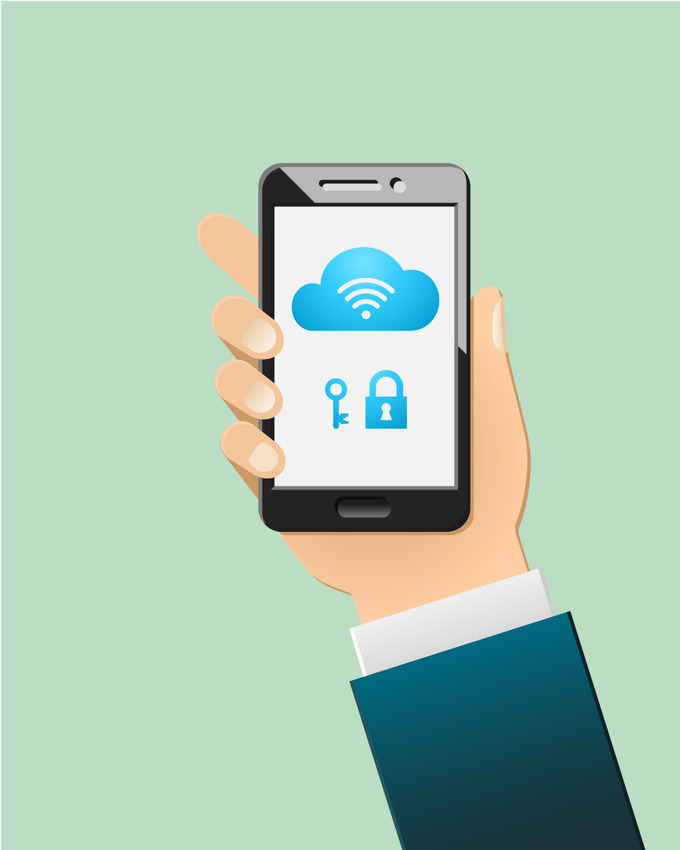For years experts have touted mobile payments as the wave of the future, but they were a fraction of the types of payments consumers made. Now with Apple Pay, Samsung Pay, Android Pay and Google Wallet, we may now be hitting the tipping point for mobile payments being the preferred method of choice.
One element that's helping the acceptance of mobile payments is security, for the more secure the mobile payment technology is, the more likely people will use it. MasterCard has recently launched the MasterCard Digital Enablement Service (MDES), which enables more security for digital transactions.
MDES is a tokenization service, which means it takes a MasterCard account number and replaces it with a alternate number known as a token. With a token, payment credentials can be stored on a mobile phone and used for payment, instead of storing your personal credit card number on the phone. If your token is compromised, you can just get a new token, rather than having to replace your entire card--and all the hassles that go with it.
Now with MDES, MasterCard will work with banks, phone manufacturers and digital wallet providers to create this tokenized secure environment for storing payment credentials at inside a mobile device.
"Tokenization is important for creating a secure environment for mobile payments," said Ben Jackson, an industry analyst with the Mercator Advisory Group, a payments research and consulting company. "Replacing the card number with a token provides another layer of protection that prevents fraudsters from stealing card numbers out of the phone."
MasterCard has a number of partners on board its MDES program, including Samsung Pay, Google, Capital One, Fifth Third Bank and KeyBank.
“MasterCard is working relentlessly to increase payment security and enable innovative new digital services for consumers, to the benefit of all participants in our network,” said Ed McLaughlin, Chief Emerging Payments Officer at MasterCard, in a statement. “Express now allows key technology partners to make their offerings available to all MasterCard issuers in a simple, safe and consistent manner, extending our network model into digital enablement.”
The new service allows banks that issue credit cards to quickly allow a secure way for their customers to use mobile payment services like Samsung Pay or Android Pay.
“Partnering with MasterCard via Express ensures that Samsung Pay can be brought to millions of consumers globally in a scalable and efficient way that creates value for us and issuers,” said Injong Rhee, EVP of Samsung Electronics, Global Head of Samsung Pay, in a statement. “We are excited to combine MasterCard’s Digital Express program with Samsung Pay to accelerate a digital payment experience that is simple, secure, and works virtually anywhere you can swipe or tap a card, in addition to all the benefits and guarantees that consumers have come to expect with every MasterCard transaction.”
Samsung Pay is set to launch at the end of September and will be able to work with major credit cards such as American Express, MasterCard, Discover and Visa, as well as issuing banks like US Bank and Bank of America.
Android Pay is Google's new mobile payment system that's set to launch later this month. It will also support the four major credit card brands, as well as six issuing banks.
With MDES, MasterCard holders from participating issuers may not even notice the work behind the scenes, but they can have the assurance that when they use one of these mobile payment systems, their card numbers will be secure. Their connected devices will become secure payment devices and will easily help them transition to regularly using a mobile payment system.
